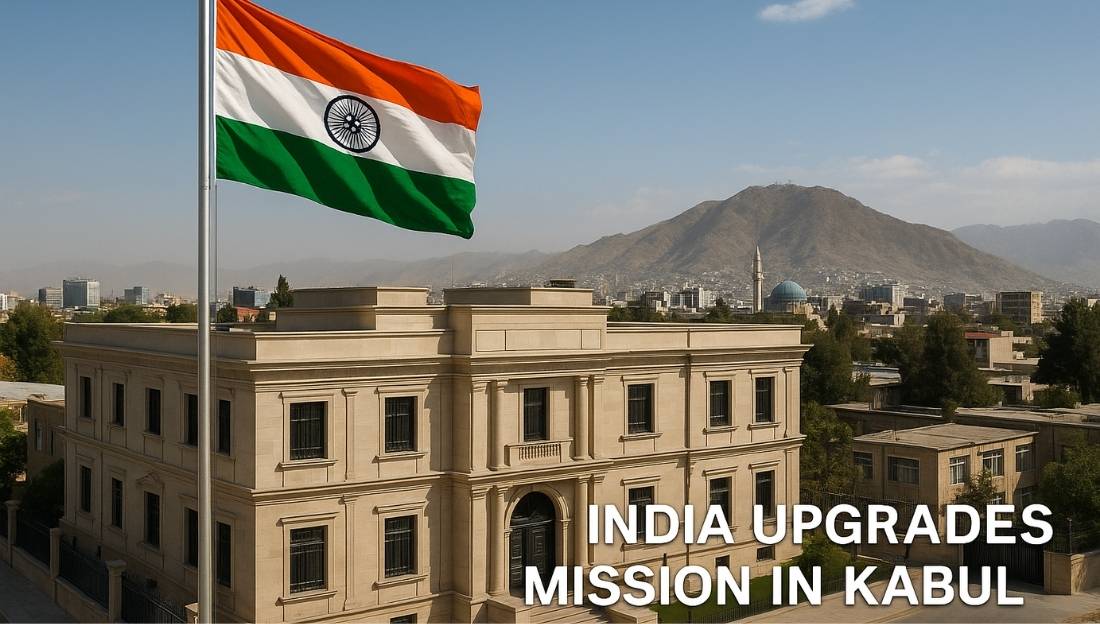Despite several agreements since the 1990s, India and China have failed to clearly define the Line of Actual Control (LAC), leading to repeated tensions. The issue remains in focus due to recurring border stand-offs, most notably in Eastern Ladakh in 2020.
Background
- India and China share a long and disputed boundary with no mutually accepted demarcation.
- Rajiv Gandhi’s 1988 visit to Beijing helped restart dialogue, but domestic political instability in India delayed progress.
- By 1992, both countries realized peace along the border was essential for economic reforms and global engagement.

Steps Towards Engagement (1988–1993)
- Six rounds of the Joint Working Group (JWG) talks were held from 1988 to 1993.
- Military officers were involved in discussions to prevent clashes.
- Border trade resumed in 1992 after 30+ years; consulates reopened in Mumbai and Shanghai.
- Defence Minister Sharad Pawar’s 1992 visit to Beijing initiated cooperation in military and scientific fields.
Border Peace and Tranquillity Agreement (BPTA), 1993
- Signed during PM Narasimha Rao’s visit to Beijing in September 1993.
- First official recognition of the Line of Actual Control (LAC) by both sides.
- Key provisions:
- Border dispute to be resolved through peaceful talks, not force.
- Troops not to cross the LAC; if done, withdrawal on caution.
- Joint verification in areas with differing perceptions of the LAC.
- Maintain minimal forces; future reductions based on “mutual and equal security,” considering difficult Indian terrain versus Chinese road access.
- Aim: Freeze the border situation and expand cooperation in other areas.
1996 Agreement on Confidence-Building Measures (CBMs)
- Signed during Chinese President Jiang Zemin’s India visit.
- Major elements:
- No use of force; respect the LAC until final settlement.
- Reduction of troops and heavy weaponry (tanks, missiles, artillery).
- Restrictions on large-scale military exercises near the LAC.
- Exchange of maps to clarify perceptions of the LAC.
- However, progress stalled as maps exchanged in 2000–2002 revealed wide differences.
Failure to Define the LAC
- Attempts to finalize maps failed due to maximalist positions from both sides.
- Differences persisted at Depsang, Pangong Tso, Chumar, Demchok, and other points.
- By 2005, both sides abandoned efforts to clarify the LAC.
- This ambiguity led to repeated border face-offs, including the violent clashes in 2020.
Conclusion:
The 1993 and 1996 agreements aimed to maintain peace but left the LAC undefined. The absence of a clear boundary remains the root cause of recurring India–China border tensions.





